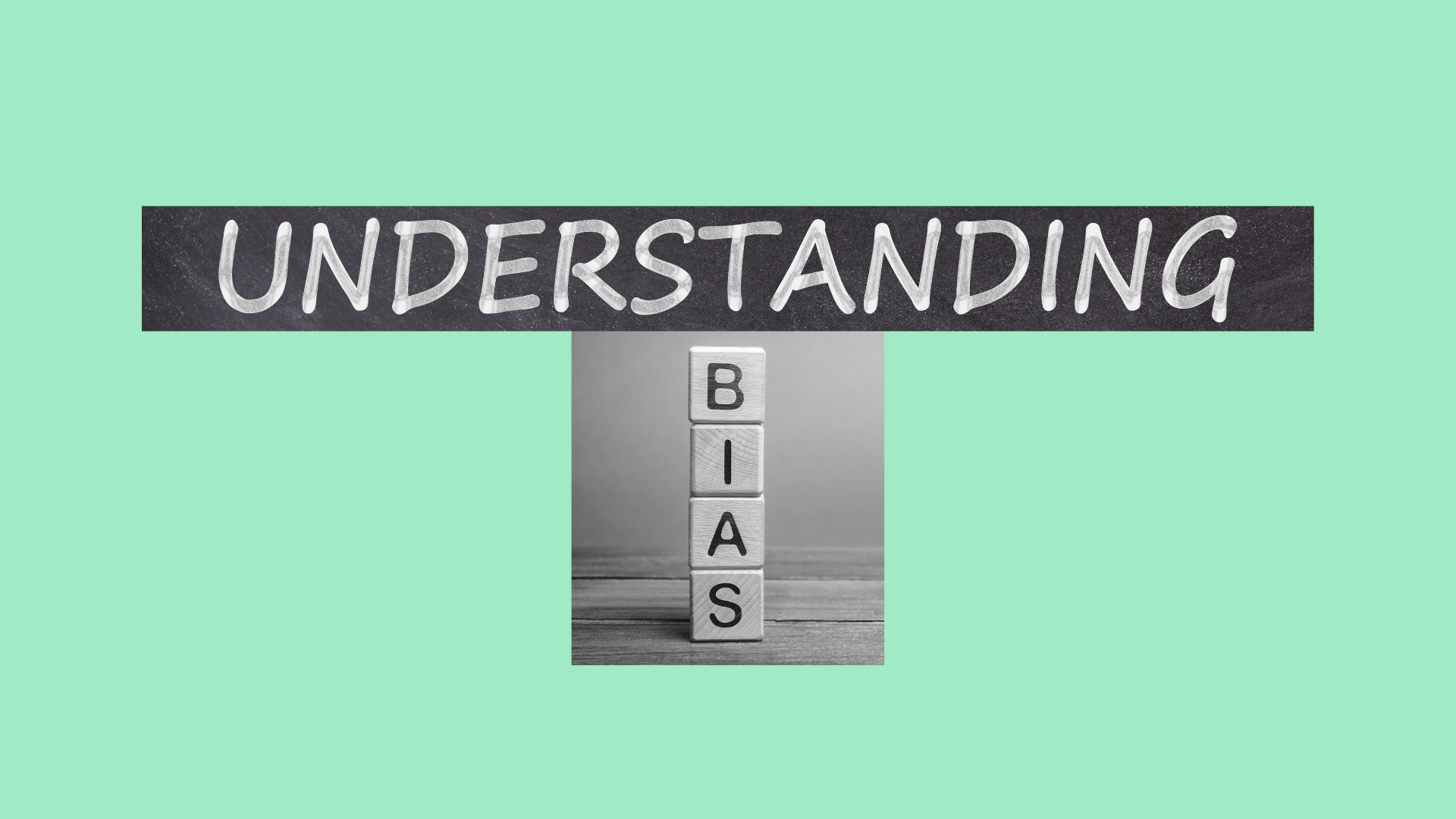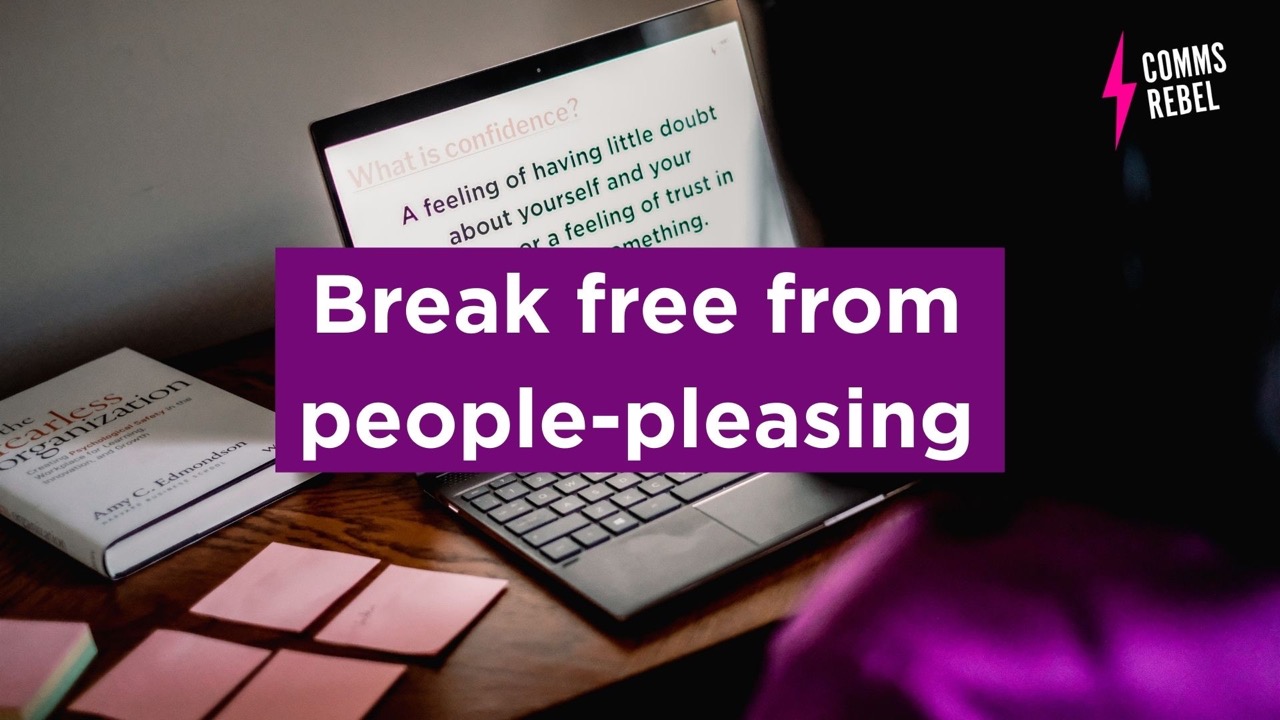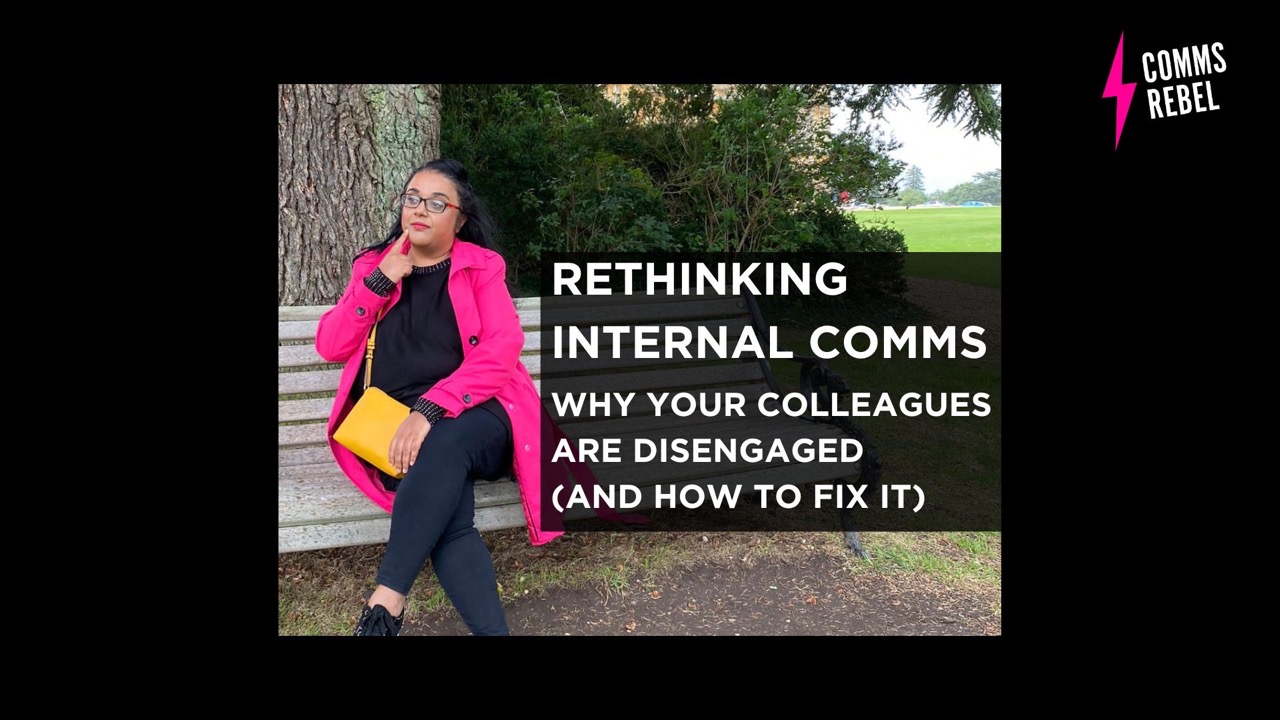A Culture of Inclusion
We hear opinions, not facts, and most things we see are perspectives, not always the truth.
When committed to cultivating a culture of inclusion in our workplace, we must understand our biases and how they affect what we see and hear.
To understand our biases, we need to undertake the following vital steps…
Awareness
Ensure you ask a few trusted colleagues or friends who are different from you to call you out if they believe your bias has shown up. Sometimes, we don’t see it ourselves and need a nudge. This includes recruiting people with very similar characteristics and organising events without representation. Seeking feedback from diverse individuals can provide valuable insights into your blind spots and help you become more aware of unconscious biases. Regularly reflecting on this feedback and taking proactive steps to address it can significantly enhance your inclusivity efforts.
Education
Engage in learning about different cultures, perspectives, and experiences. The Cultural Intelligence assessments can help you identify your cultural awareness gaps and how to address them. Workshops and coaching can also help provide various strategies. Feel free to message me if you need help with any of these things. Additionally, consider participating in diversity training programs and attending cultural events to broaden your understanding. Reading books, watching documentaries, and following thought leaders on social media can also enrich your knowledge and empathy towards different communities.
Patterns of behaviour
Actively intervene when you notice biased behaviour. This could involve speaking up, asking questions, or offering alternative perspectives to counteract the bias. Developing the courage to address biases, whether they are your own or those of others, is crucial for fostering an inclusive environment. Practice assertive communication techniques to challenge prejudiced remarks or actions in a non-confrontational manner effectively. Encourage open dialogues where employees feel safe to discuss and resolve issues related to bias and discrimination.
Building inclusive practices
To embed inclusivity into your workplace culture, consider implementing structural changes that support diversity. This could include revising hiring practices to ensure a diverse candidate pool, establishing mentorship programs for underrepresented groups, and creating employee resource groups that provide support and advocacy. Regularly review company policies and procedures to identify and eliminate any barriers to inclusion. Ensure that promotional opportunities are equitable and that all employees can access career development resources.
Encouraging allyship
Promote allyship within your organisation by encouraging employees to stand up for their colleagues. Allies can play a pivotal role in amplifying marginalised voices and advocating for fairness. Provide training on how to be an effective ally, emphasising the importance of listening, learning, and taking action. Recognise and reward individuals who demonstrate strong allyship, ensuring that supporting inclusivity is valued and essential to your company’s success.
Measuring progress
Establish metrics and regularly track your progress to gauge the effectiveness of your inclusion initiatives. Conduct employee surveys to gather feedback on your workplace’s inclusivity and identify areas for improvement. Analyse diversity-related hiring, promotions, and retention data to pinpoint trends and address disparities. Share your findings transparently with your team and use them to inform your ongoing strategies.
Conclusion
Creating a culture of inclusion is an ongoing journey that requires dedication, self-awareness, and collective effort. By understanding and addressing our biases, educating ourselves, intervening in biased behaviours, building inclusive practices, encouraging allyship, and measuring progress; we can create a workplace where everyone feels valued and empowered to contribute their best. Embrace the diverse perspectives of your team members, and you will foster a more innovative, collaborative, and thriving workplace.
If you practice these three steps frequently, you’ll notice bias in everyday decisions, allowing you to see what needs to change to build a culture of inclusion in your workplace.
If you’d like to learn more about bias, check out my book, Building a Culture of Inclusivity, which I co-authored with Priya Bates.
–//–
CommsRebel can help you revolutionise workplace cultures from within. If you would like to cultivate a thriving inclusive culture so colleagues unleash their full potential, we can help! Please get in touch, and let’s have a chat.


